Abstract
Background
People receiving in-center hemodialysis (HD) have prioritized the need for more individualized health information and better communication with nephrologists. The most common setting for patient-nephrologist interactions is during the HD treatment, which is a time pressured setting that lacks privacy.
Objective
To facilitate effective communication in the hemodialysis (HD) unit, we evaluated the usability of a web application (web app) from both the patient and physician perspective. The main aim of the web app was to support patients in prioritizing their dialysis concerns outside of the clinical HD encounter.
Design
Mixed method, parallel arm, multi-site, pilot randomized controlled trial.
Setting
Two outpatient Canadian HD centers.
Participants
Adult patients receiving in-center HD and their attending nephrologists.
Methods
Patients were randomized to either a web application or an active control (paper form) for logging concerns to be addressed at weekly encounters with the nephrologist over 8 weeks. Topics included: HD treatment, symptoms, modality, and medications. The primary outcome was usability, defined as effectiveness (engagement with the tool, frequency of submitted concerns, whether the concern was satisfactorily addressed) and satisfaction with the tool using a priori thresholds and explored in interviews with patients and nephrologists.
Results
77 patients (30 women, median age 61, interquartile range [53,67], median 2 years [1,4] on dialysis) and 19 nephrologists (4 women, median age 46 [36,65]) were enrolled. Patient use of a digital device at baseline was low (20%). Engagement with the tool was 70% (web app) and 100% (paper) with a lower proportion of patients in the web app group submitting at least one concern over 8 weeks compared to the paper form group: 56.7% vs 87.9%. Weekly concerns were satisfactorily addressed in both groups and ≥70% of patients would continue to use the tools. For patients, both tools promoted preparation and participation in the encounter; however, only the web app facilitated greater privacy in relaying concerns. For most nephrologists, the tools were disruptive to their workflow and were perceived as unnecessary given existing processes and familiarity with patients. For future versions of the app, patients suggested more features to facilitate self-management and nephrologists suggested integration with health databases and multidisciplinary teams.
Limitations
Tertiary setting may limit generalizability.
Conclusions
Both tools promoted fundamental components of self-management; however, patients in the paper form group submitted concerns more often and this tool was easier to remember to use. Although modifications would likely enhance web app usability, successful future adoption is limited by physician acceptance.
Thompson S, Schick-Makaroff K, Bello A, Tonelli M, Wiebe N, Buzinski R, Courtney M, Szigety S, Shah N, Bohm C
Canadian Journal of Kidney Health and Disease
Published 2021
Research Project: Triple I
Connect with us!
Subscribe to learn more about what we do, why it matters, and how you can get involved!




